Dimensions of Learning
by Claude Potvin


1. Core L Principles
1.1. 1. Active involvement
1.2. 2. Meaningful activities
1.3. 3. Relating new info to prior K
1.4. 4. Learning strategies
1.5. 5. Self-regulation
1.6. 6. Understanding rather than memorization
1.7. 7. Learning to transfer
1.8. 8. Restructuring prior K
2. How people Learn
2.1. 1. L is based on what a person already knows
2.2. 2. Competence involves active construction of rich memory structures
2.3. 3. L includes monitoring and regulation
3. Constructivim and L
3.1. Active/Manipulative
3.2. Contextualized
3.3. Constructive
3.4. Reflective
3.5. Intentional
3.6. Conversational
3.7. Collaborative (socioconstructivism)
4. ARCS Model of Motivational Design
4.1. 1. Attention
4.2. 2. Relevance
4.2.1. Attainment value
4.2.2. Interest value
4.2.3. Utility value
4.3. 3. Confidence
4.4. 4. Satisfaction
5. L Skills
5.1. Metacognitive
5.2. Cognitive
5.3. Technology
5.4. Motivational
5.4.1. Intrinsic
5.4.2. Extrinsic
5.5. Communication
6. Approach to L
6.1. types
6.1.1. surface
6.1.1.1. memorization of specific facts
6.1.1.2. low perfo; likely to dropoup in OLL
6.1.2. deep
6.1.2.1. involves active search for meaning
6.2. components
6.2.1. 1. Strategy
6.2.2. 2. Motivational aim
6.2.3. 3. Mental effort
7. L Style
7.1. R is not conclusive
7.2. Cognitive styles
7.2.1. Operation L (analytic style)
7.2.2. Comprehension L (global style)
7.2.3. Versatile L (use both)
8. Orientations
8.1. K seekers
8.2. Understanding seekers
9. 4 factors
9.1. 1. Intentions
9.2. 2. Thoughts and behaviors
9.3. 3. Perceptions
9.4. Motivation
10. Instructor
10.1. Designing can influence the Q of L by
10.1.1. increase relevance & motivation
10.1.2. help process info deeply
10.1.3. minimize anxiety
10.1.4. take L and cognitive style into account
